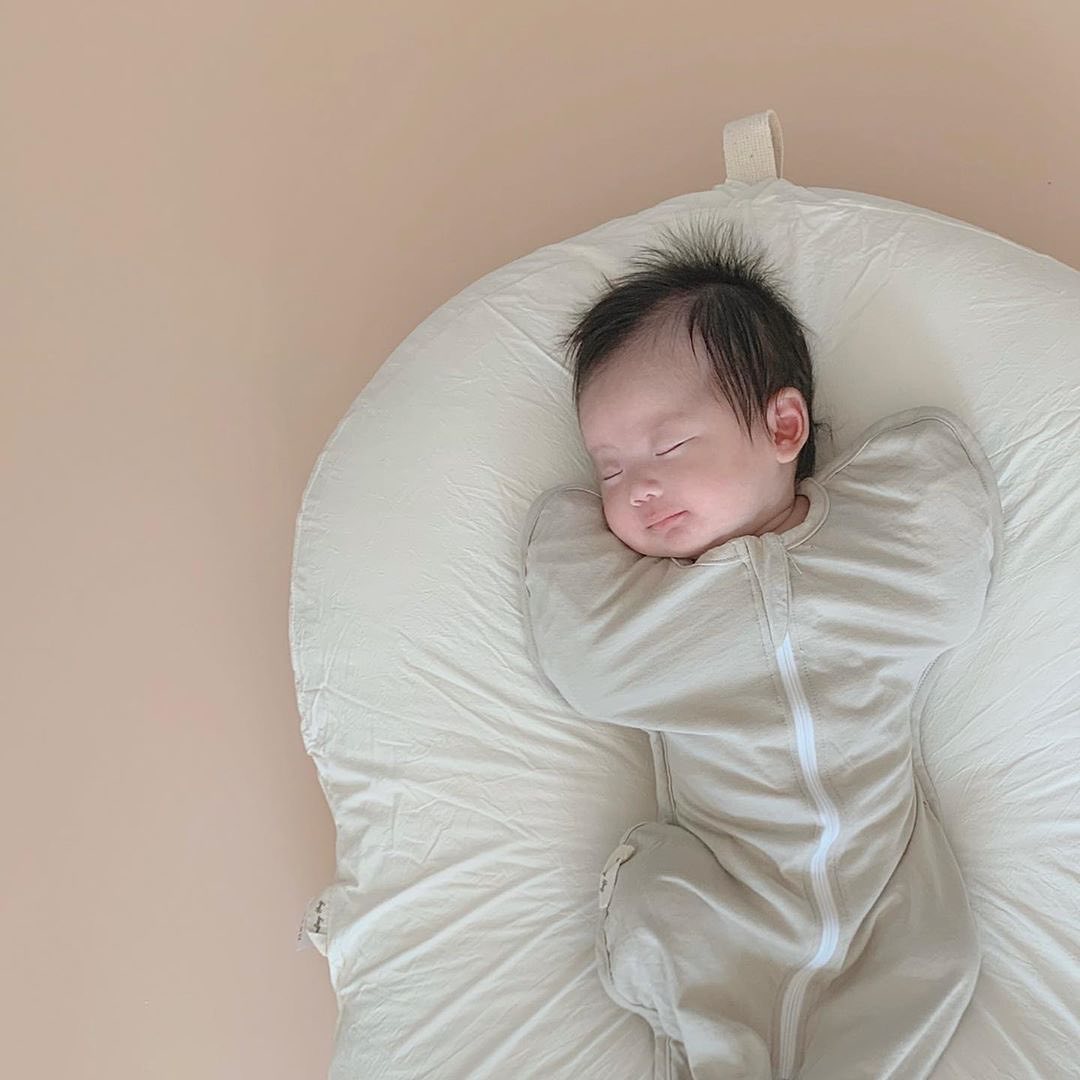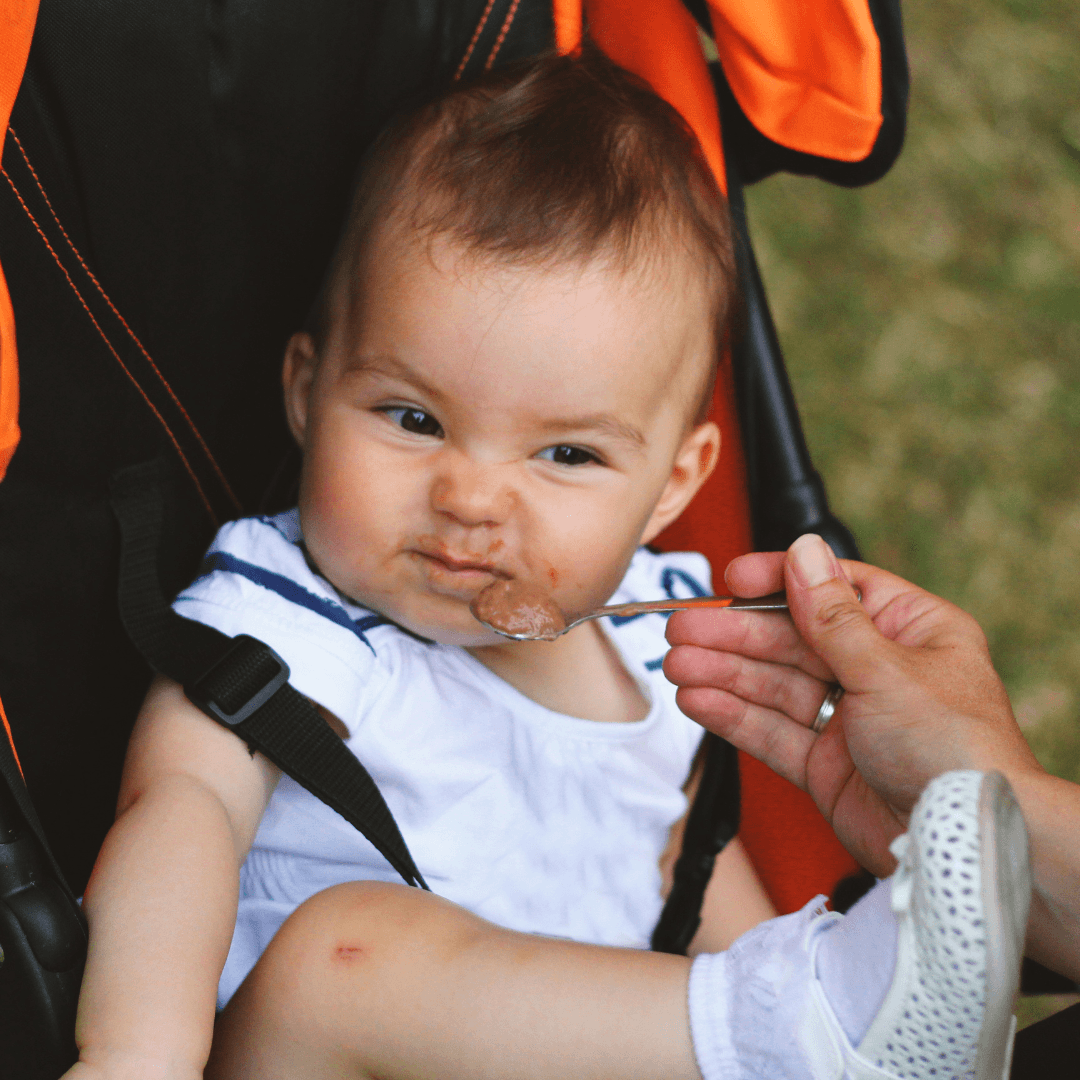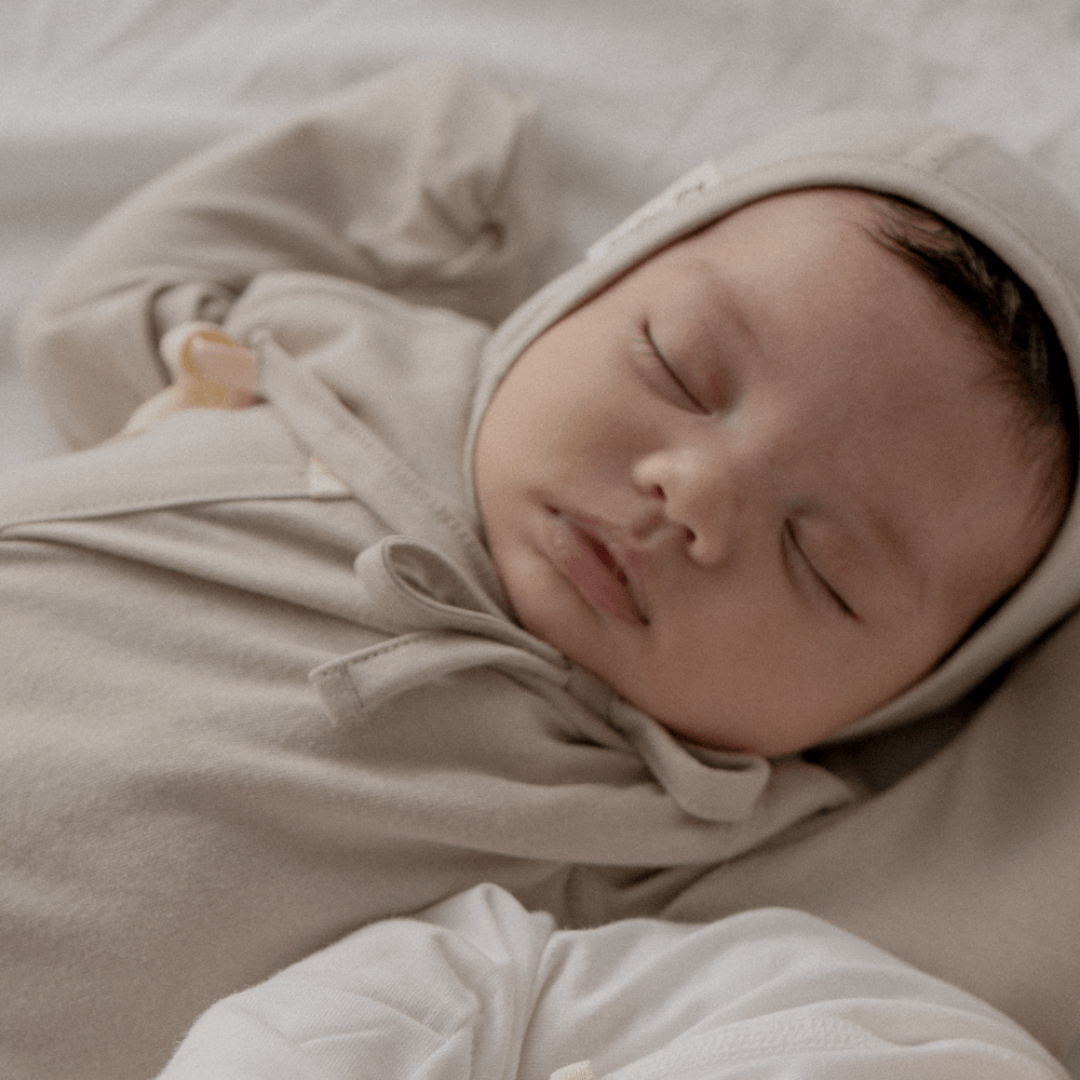Importance of Swaddling a Baby
If you're late to the parenting game, you might be wondering what all the fuss is about when it comes to swaddling a baby and the issues it can solve.
When babies are born, they feel uncomfortable and insecure about their new surroundings. They have trouble settling down because the noises, lights and smell of the world around them are unfamiliar. Swaddling your baby gives him a sense of familiarity and security. It also helps him sleep better by providing a sense of continuity in the midst of all the changes he’s experiencing.
The importance of swaddling your baby cannot be overemphasized. It has been proven to be one important factor in aiding a baby's mental, emotional and physical development. In the first three months, a baby is almost wholly dependent on you for the right stimulation and nurture. Holding, caressing, and swaddling will help avoid crying and will keep your baby sleeping soundly. Apart from ensuring that he sleeps well, swaddling has a number of other health benefits as well.
Swaddling is a simple method where you wrap your infant in cloth with their arms and legs tightly secured to their body. This helps a number of things from providing warmth, comfort, and a sense of security.
But, how does this all work? And what else should you consider when swaddling a baby?
Benefits of Swaddling a Baby
The more snugly swaddled the baby is, the warmer they will be. Be sure to swaddle your bundle of joy during nap time and playtime if they are not wearing many layers or if you have the air conditioning on high.
Does Swaddling Prevent SIDS (Sudden Infant Death Syndrome)?
Disadvantages of Swaddling
Swaddling a baby can cause developmental delays especially when it's done incorrectly. If the baby is wrapped too loosely, he won't feel secure and might resist being held. On the other hand, if he is wrapped too tightly, he won't be able to move his arms and legs at all. This can slow down their development.
Is it Safe to Swaddle a Baby at Night?
The purpose of swaddling a baby is to help reduce the startle or “Moro” reflex. This reflex helps protect your baby when he or she is awake, but during the night it can cause some babies to wake up startled. This can lead to shorter sleep periods. Because swaddling prevents an infant from waking up by accident and helps them sleep longer at night, yes you should swaddle your newborn at night.
If you decide to swaddle your baby for naps or nighttime sleep, make sure to follow safe swaddling guidelines and always place your baby on his back to sleep.
To Swaddle or Not to Swaddle?
While babies are in utero, they are constantly being touched and moved by the mother. Now, when they are born, it takes time for them to adjust to being out in the “big world” without all that constant contact. The startle reflex is a baby’s way of trying to regain some of that comfort by pulling their arms up towards their face and body. The problem is that when they do this, they will wake up and cry. And when they cry, you would need to of course, get up and try to soothe them back to sleep!
Swaddling a baby helps calm him down because it keeps his arms safely by his sides, recreating that feeling of being held tightly in the womb. It also helps to keep him warm as babies, specifically newborns, have trouble regulating their own body temperature until about 4 months old.
Swaddling your baby is highly recommended but you should keep the proper way of doing it in mind. One of the most important things to remember is to be sure that your baby’s legs are able to move freely and are not bound or wrapped too tightly. Other swaddle brands fail to take this into consideration but it is crucial to a baby's proper development.
If you swaddle too tightly, your baby can't move his or her legs freely and he might develop hip dysplasia. The blanket should be wrapped snugly around the body but loosely around the hips and legs. It should also be tight enough that your baby's hands stay near their face without having to hold them there, but not so tight that they can't easily move their arms at all.
Proper Way of Swaddling a Baby
Swaddling is an ancient, effective way to help your baby feel cozy and safe. It's also a great way to reduce the possibility of the startle reflex waking your baby up. But it's important to wrap your baby snugly and properly so it doesn't cause breathing trouble.
Here's how to swaddle your baby manually by using a baby blanket:
To begin, lay the blanket on a flat surface with one corner angled up towards you. Next, place the baby on their back towards the bottom of the blanket, with their head above the corner that is pointing up. The top of their shoulders should also be at or just below this point.
Take the left corner of the blanket and wrap it tightly around the baby’s left side, pulling it firmly across their body.
Then take the right corner of the blanket and wrap it around their right side in a similar manner. Make sure that it is wrapped tight enough that there are no gaps where the baby’s arms could get free, and that there is only enough slack to tuck under the baby’s bottom.
Finally, fold or tuck in any excess material from underneath your baby to keep them in place, being careful not to cover any part of his face as this can inhibit breathing.

Do these all sound overwhelming? Why not buy a ready-made swaddle that will do the job instead! It will save you so much time and effort.
The Sunday Hug Baby Swaddle: Alternative to the Traditional Swaddling Blanket
Swaddling is one of the most effective ways to help soothe a fussy baby. A traditional swaddle requires a flat sheet or thin blanket, and 2-3 careful folds that can be difficult to master. The innovative Sunday Hug Baby Swaddle eliminates the risk of your baby coming loose from all those folds. The sleek and simple design provides enhanced breathability compared to traditional swaddle blankets that have the possibility to cover your baby’s head.
Here are more reasons why it’s revolutionary:
1. The Sunday Hug Baby Swaddle’s stretchy and durable fabric makes it perfect for infants to adjust to life outside of the womb.
It mimics your embrace by applying gentle pressure around their entire body, including the arms and legs. The soft fabric creates a womb-life environment for infants to sleep soundly as they silence their startle reflex.
Our swaddle hugs your newborn snugly and tightly, helping calm and keep him feeling cozy, warm and safe. It's the perfect alternative to traditional swaddling blankets and ideal for nursing babies.
2. Makes easy diaper changes possible.
It is the last swaddle you'll ever need! Made of 100% cotton for a soft, stretchy fit and longer use, it gives your baby that secure feeling he loves from the womb. Designed for newborns, it keeps even the wiggliest babies tucked in during sleep time. In addition, it also has a helpful zipper that makes diaper changes a breeze! This would be difficult to do if you use a blanket to swaddle.
3. It prevents overheating.
With a snug fit and two-way zipper design, the Sunday Hug Baby Swaddle allows babies to feel the security of being held without overheating from many layers of blankets. The design makes it easy to securely wrap the soft and breathable fabric around the baby’s body without fear of unraveling and suffocation.
4. Minimizes the risk of hip dysplasia which is possible to occur in improperly done traditional swaddling.
Hip dysplasia, which is common in newborns, happens when the hip joint fails to form normally. Most often, this condition can be prevented with the use of a modern swaddle. Its design allows room for babies’ legs so they can move in and out comfortably. Tightly wrapped swaddles do not allow this movement which puts their hips at risk.
This is important to take note of because according to an article from The Globe and Mail, “Several studies have linked swaddling to a higher risk of respiratory infections and, if done improperly, hip dysplasia.”
A swaddle like the Sunday Hug supports the baby's leg muscles to achieve a more natural sleeping position. A loose but secure swaddle helps keep your baby in his or her desired sleeping position. The Sunday Hug Baby Swaddle is designed with a little extra room at the hips to allow for the natural movement of the legs.
5. Does not hinder developmental growth.
The Sunday Hug Swaddle Wrap envelopes your baby in warmth and security. You don’t have to worry about developmental delays due to the baby swaddle being too tight because we have done our best to find the best swaddle fit for the different ages of babies.
6. Prevents suffocation.
The Sunday Hug Baby Swaddle never constricts the movement of the baby’s head and neck so that your baby doesn’t have any breathing troubles.
Your baby will love the silky soft stretch material hugging them comfortably around their neck and chest, while still being able to breathe freely. Allow your baby an easier transition from being held all the time by providing our super snug swaddle that both of you will love.
7. Prevents Sudden Infant Death Syndrome (SIDS).
The Sunday Hug Baby Swaddle never constricts the movement of the baby’s head and neck so that your baby doesn’t have any breathing troubles.
In addition to helping calm overactive startles and natural movements, it is recommended that in order to reduce the occurrence of Sudden Infant Death Syndrome (SIDS), parents should not use blankets for swaddling. To keep your baby warm, swaddling with a sleep sack like this is a safer option than using additional blankets.
It is made from high-quality and breathable fabric, so it doesn't feel hot or heavy on your baby's skin. A sleep sack also doesn't interfere with a car seat or stroller like some other blanket solutions might. This makes it perfect for use at home as well as while on-the-go. With multiple ways to secure your baby and full-length zipper access, this sleep sack will meet all of your swaddling needs with ease.
The Sunday Hug Baby Swaddle is designed to make it easier for you as a caring parent to guarantee your baby gets the best rest and the best start in life.
Cozy up your little one in this ultra-soft and breathable cotton sleep sack. The fabric is not treated with any chemicals or flame retardants, making it safe for baby’s sensitive skin.











